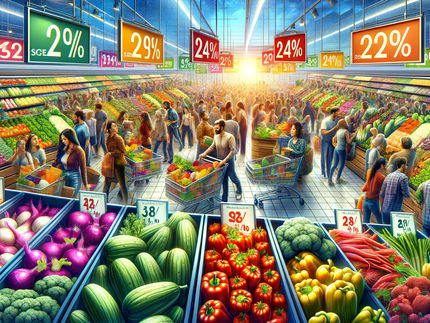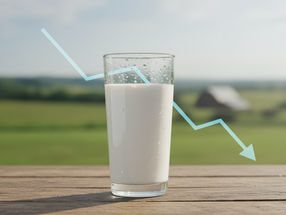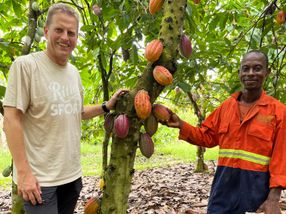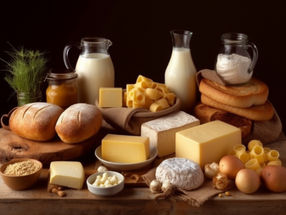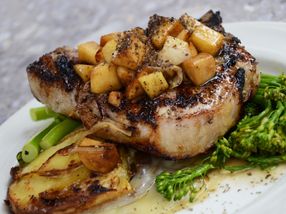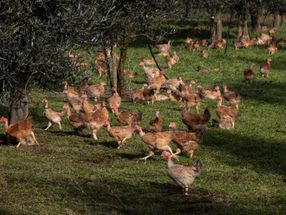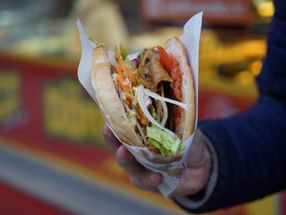Grocery prices are soaring, but for how long?
More than half of US consumers are placing a higher priority on groceries above all other product categories
Advertisement
Panic buying has increased significantly in the US which, by default, has increased demand substantially during COVID-19. Research from Mintel’s Global COVID-19 Consumer Tracker indicates that more than half of US consumers are placing a higher priority on groceries above all other product categories. While panic buying is subsiding, consumers are settling into the stages of basic preparedness. Consumers do not want to risk not being stocked up on the essentials. According to upcoming Mintel research on the changing retail landscape, nearly half of consumers are making sure they are always stocked up in case of an emergency. Of course, when goods or services become scarce because of rising demand and falling supply, delivery issues or any combination of these factors – which have all been happening – prices will rise.
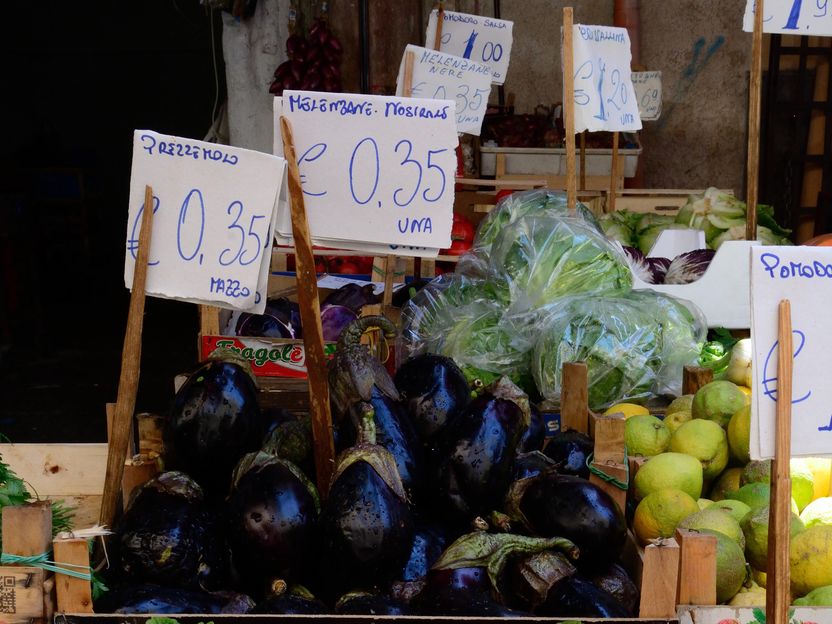
Photo by Bertrand Borie on Unsplash
Consumers are especially likely to see price increases with meat given the current expected shortages. Many slaughterhouses and other meat-production venues have been shuttered as the virus has spread. Some grocers are even instituting restrictions on the number of items that are allowed.
More than half of US consumers are placing a higher priority on groceries above all other product categories.
The effects of the pandemic on food prices are to be expected, as the entire supply chain – from farm or factory to retailer and invariably the end-user, the consumer – has been turned in circles by COVID-19. Increases in other products, including bakery, cereals, fruit, and vegetables also reflect challenges in the supply chain and increased demand for decreasingly available products.
The counterbalance is food away from home, a category which has been hit by the virus in a completely different way. Few restaurants are open, and fewer that have been shuttered will return any time soon.
What Mintel thinks
It is likely that prices will remain high: recalibrating and working out supply chains will not happen overnight, nor will opening up the country or waiting for the “next normal” to settle in. The economy has taken a beating and it is likely that prices will remain high at least until this cycle of the pandemic has run its course, and people can return to work in a closer approximation of the past. That will not happen until we get past the various stages of reopening when access is restricted and working habits are constrained.
Over time, as the supply chain continues to catch up and consumers settle into new routines, the prices should begin to moderate, but this is likely a few months from that realistically happening.



